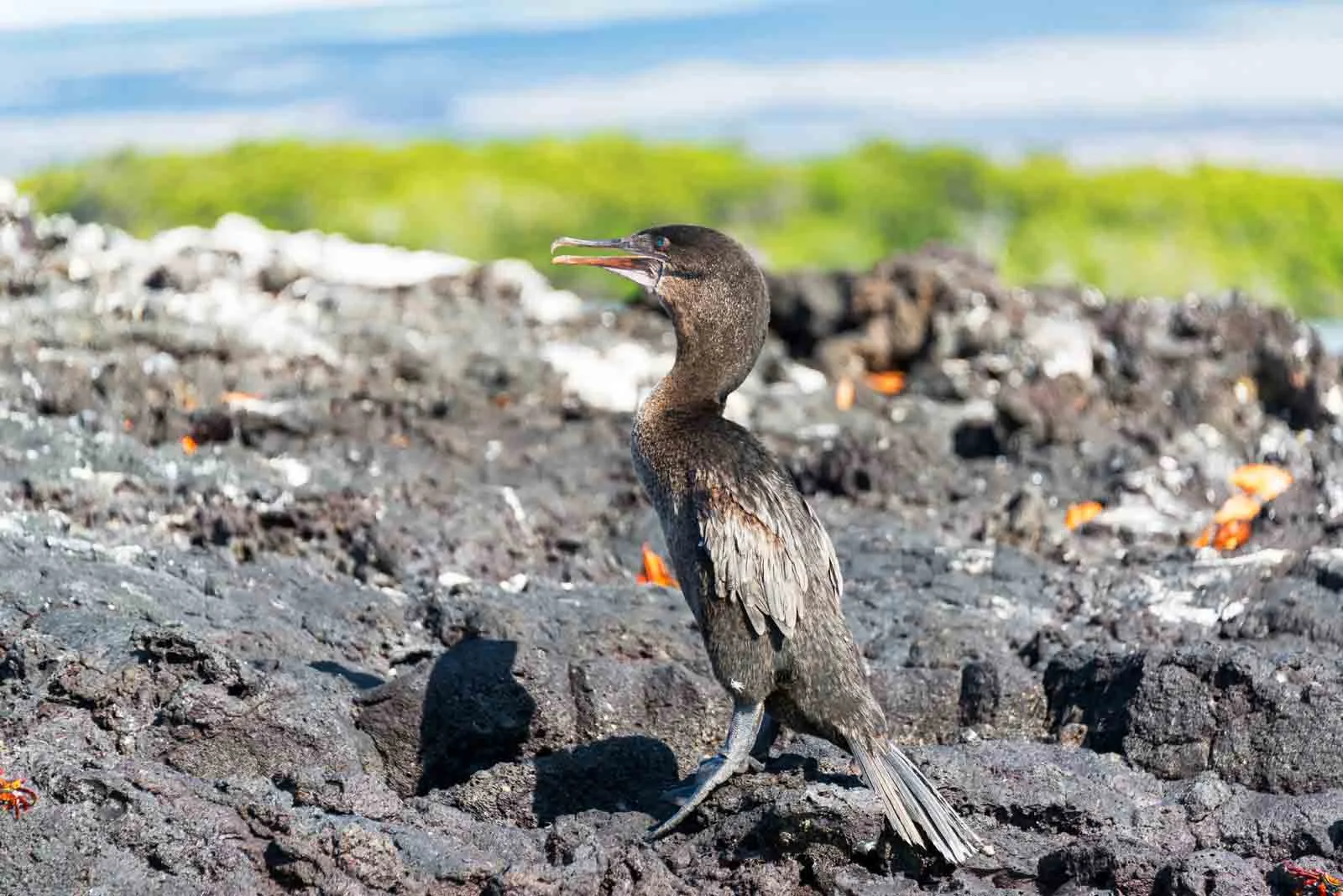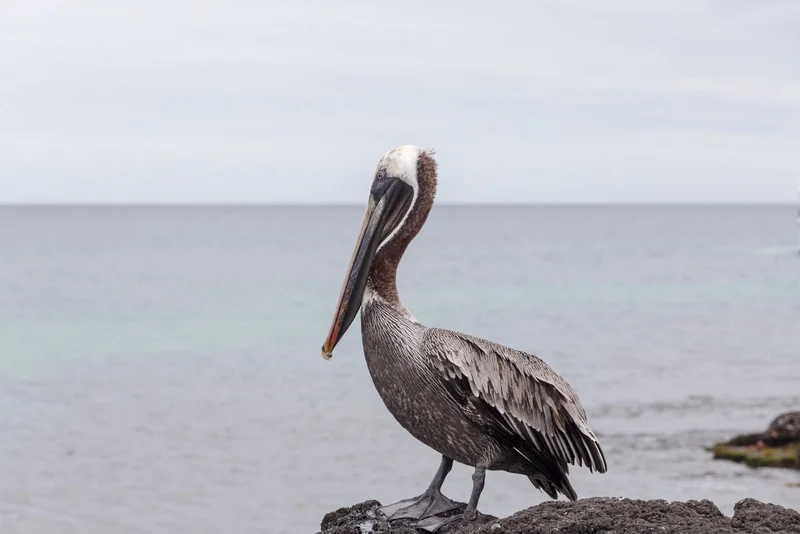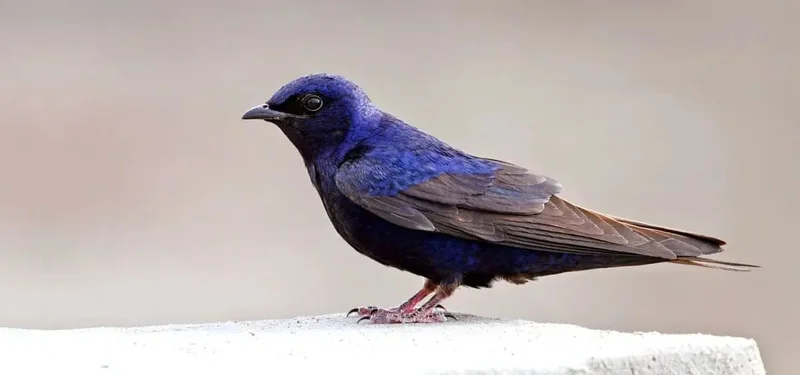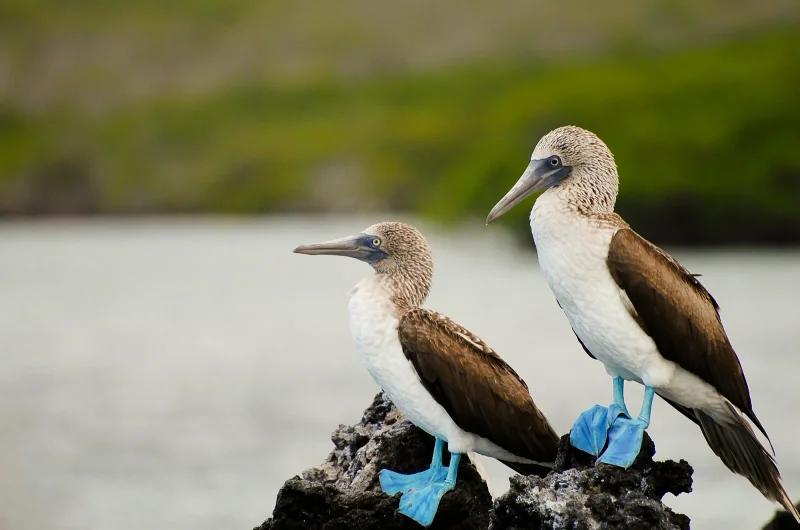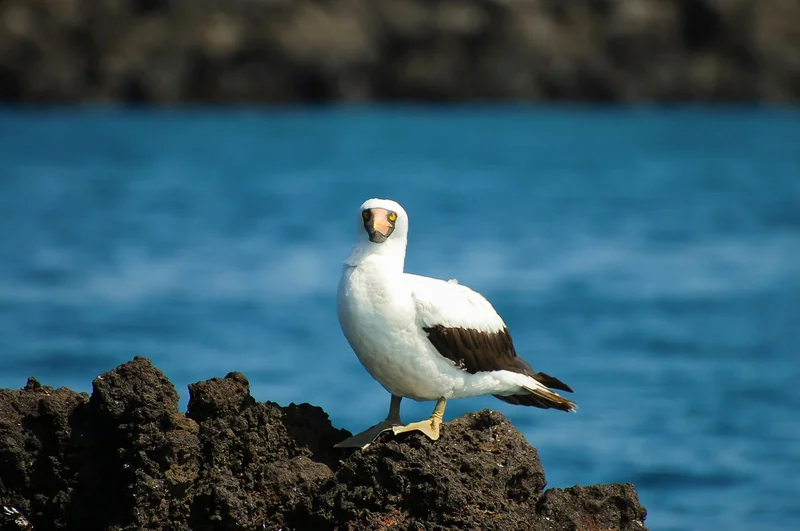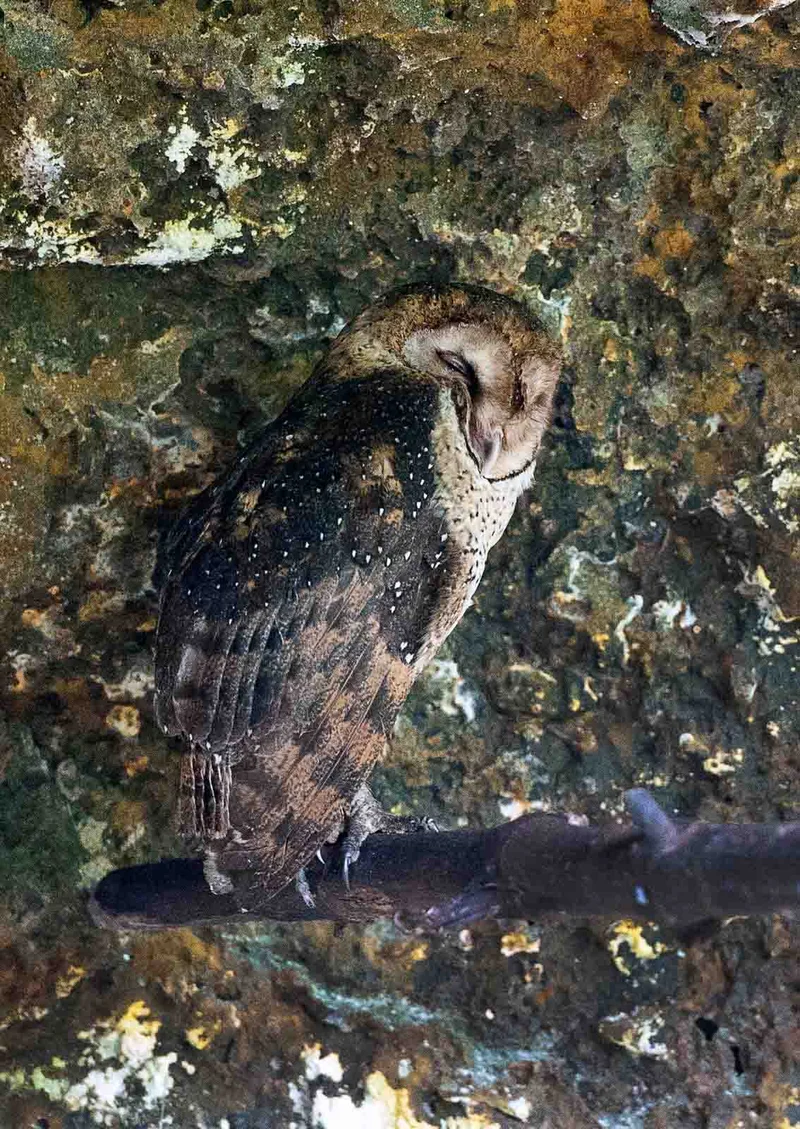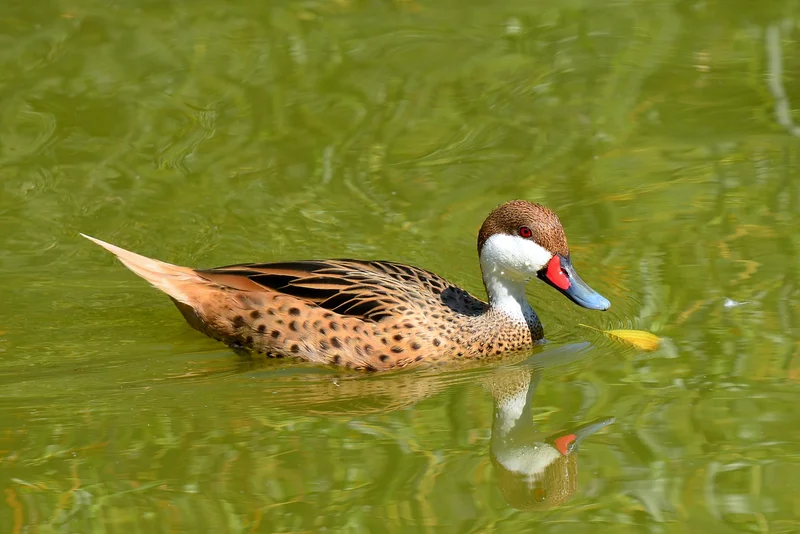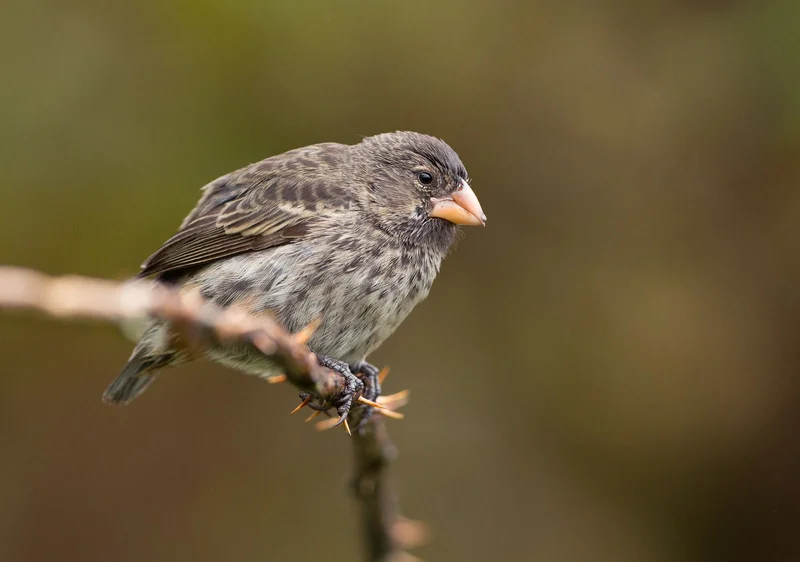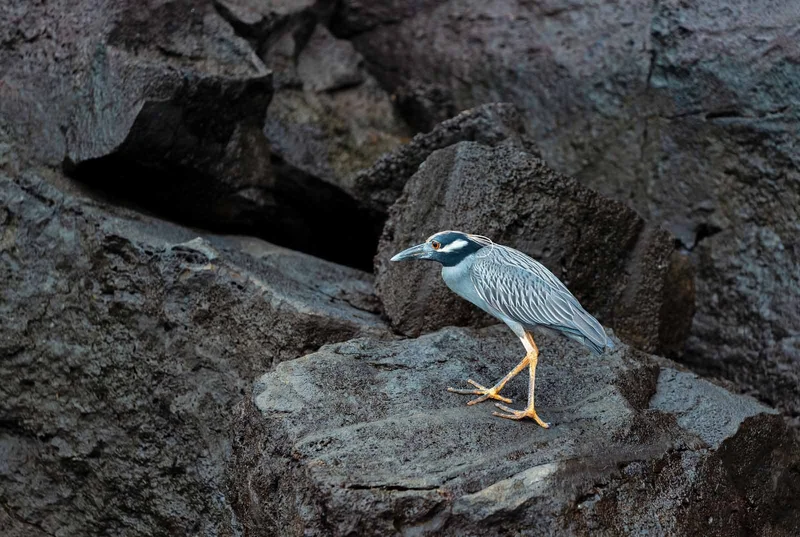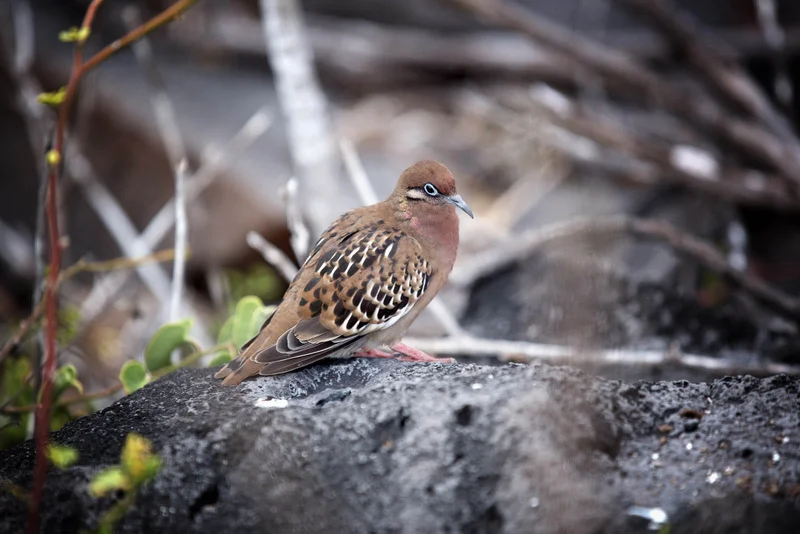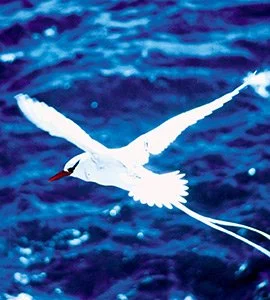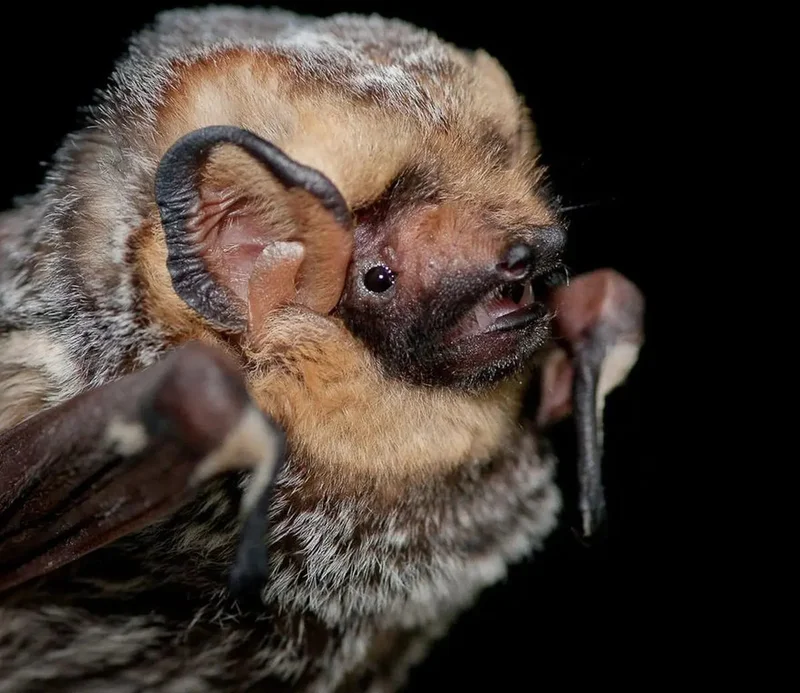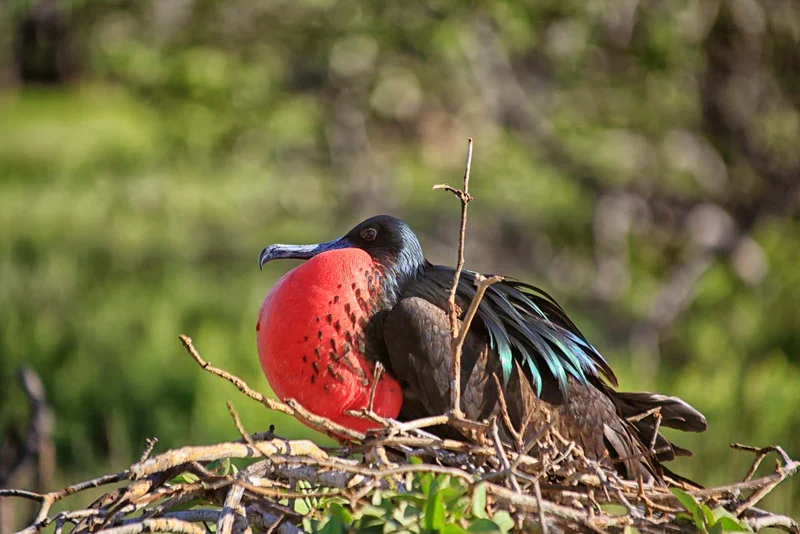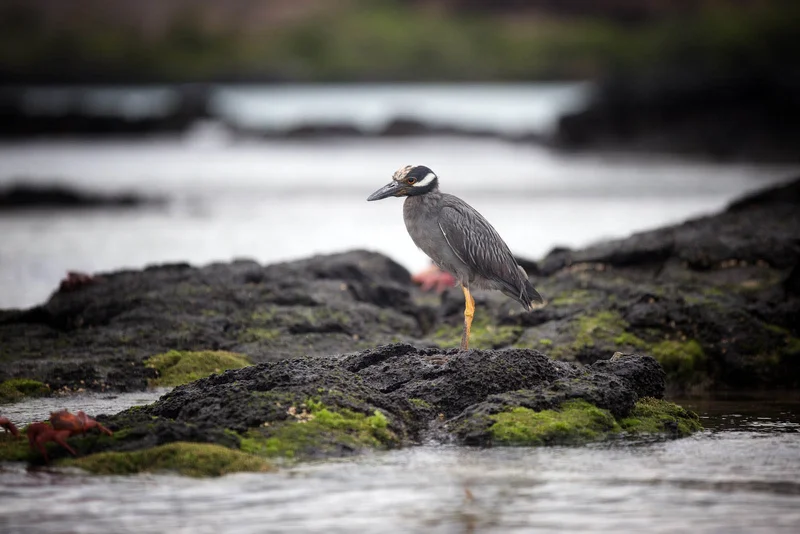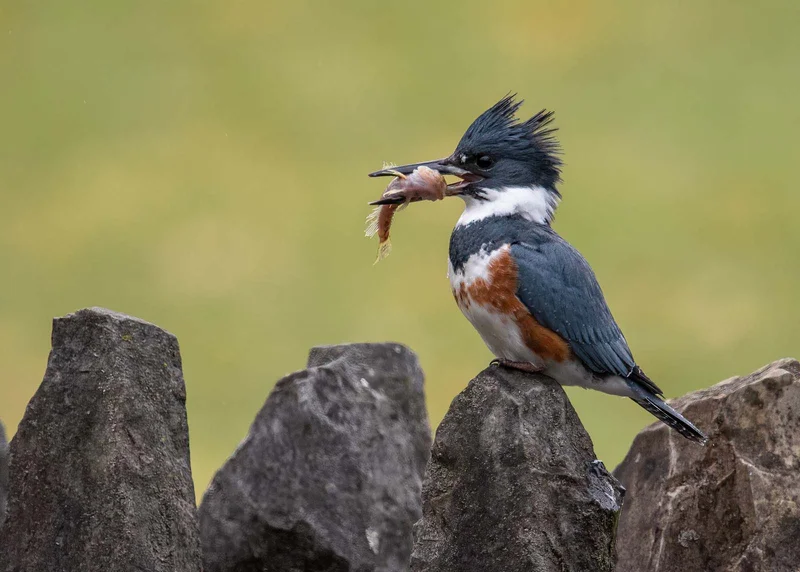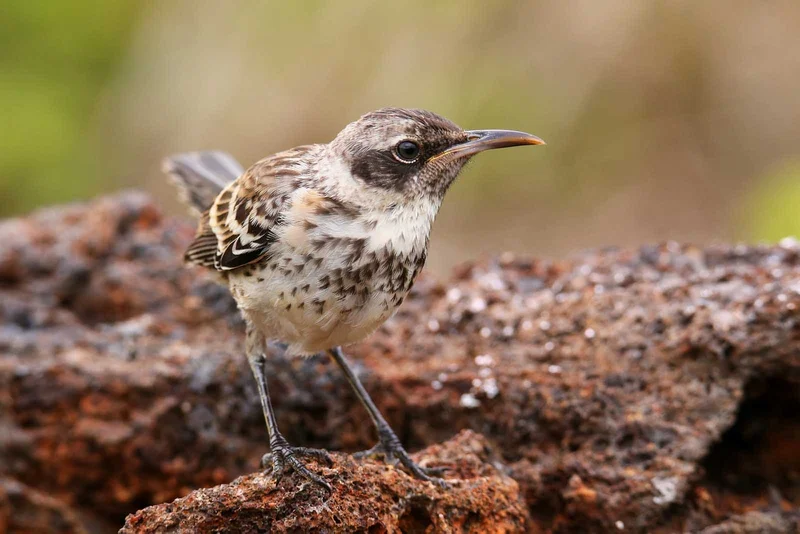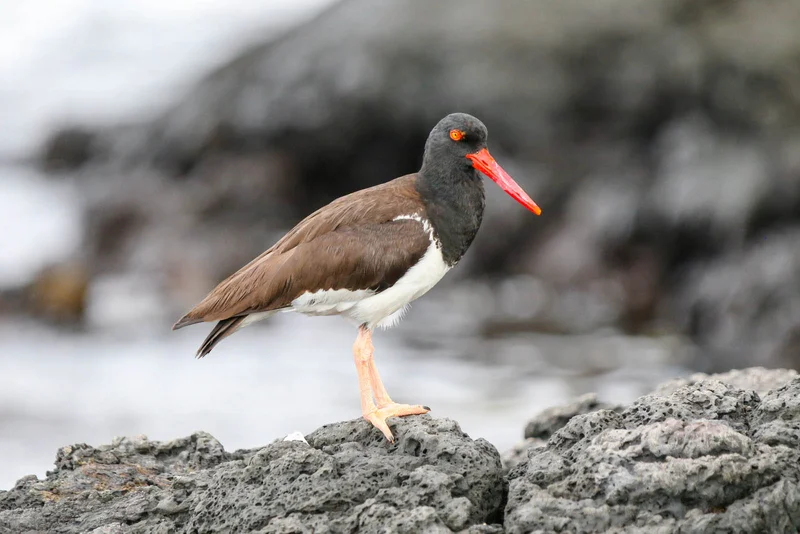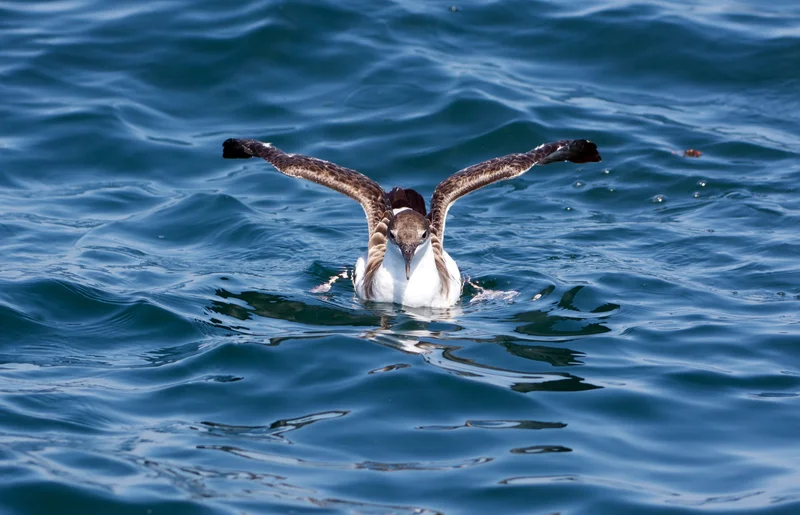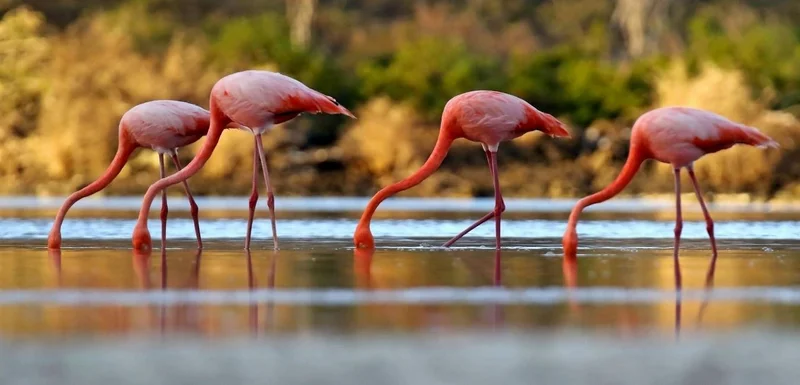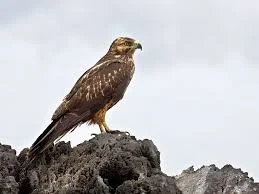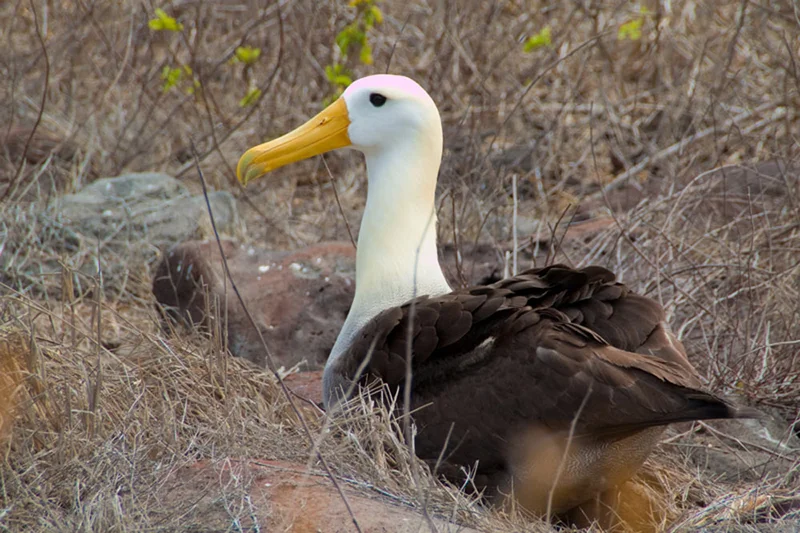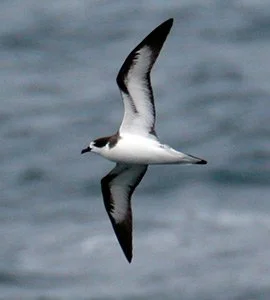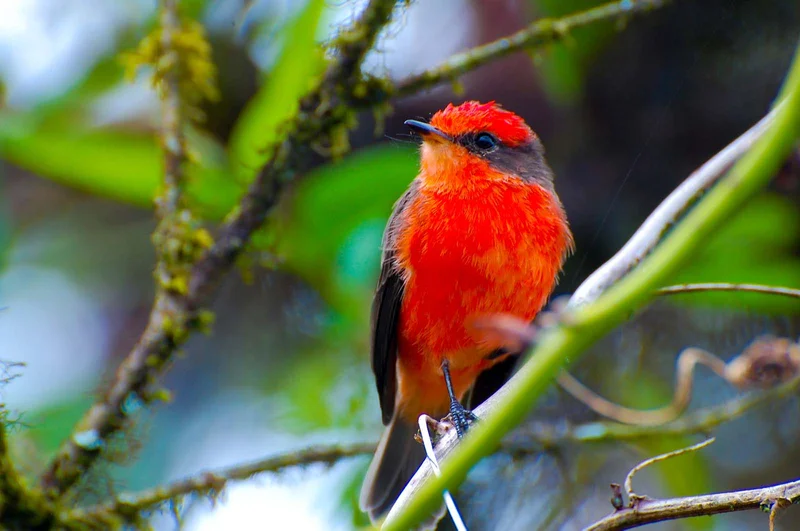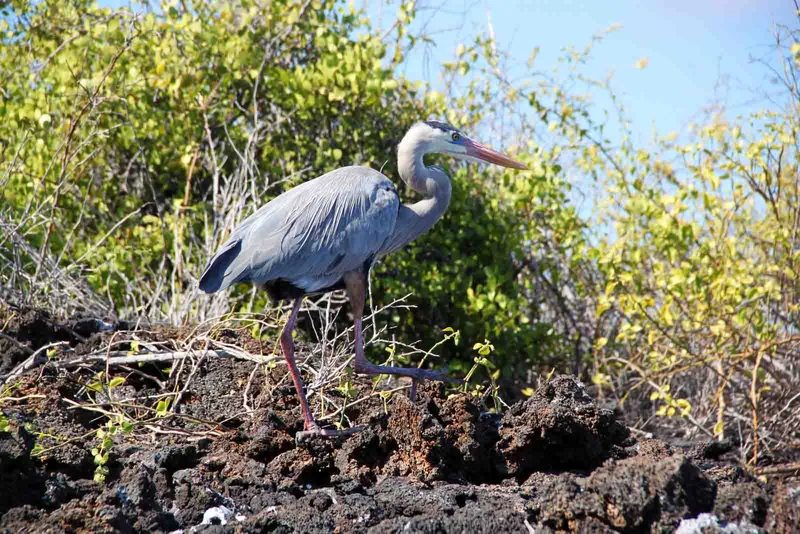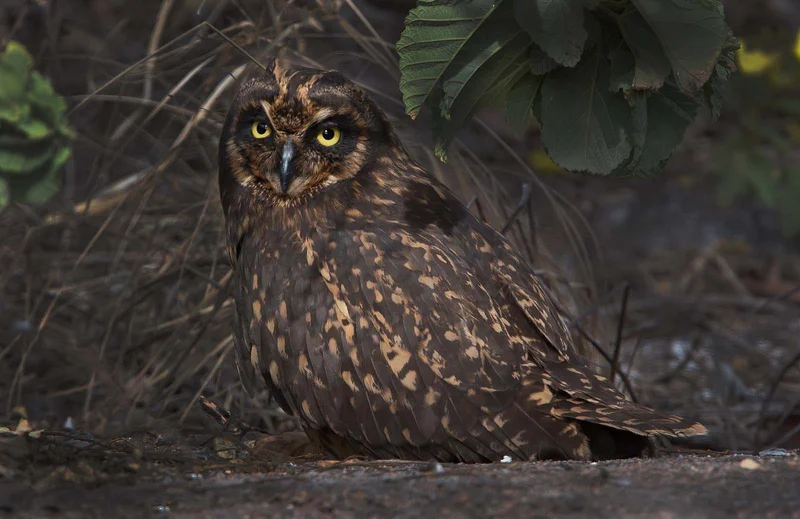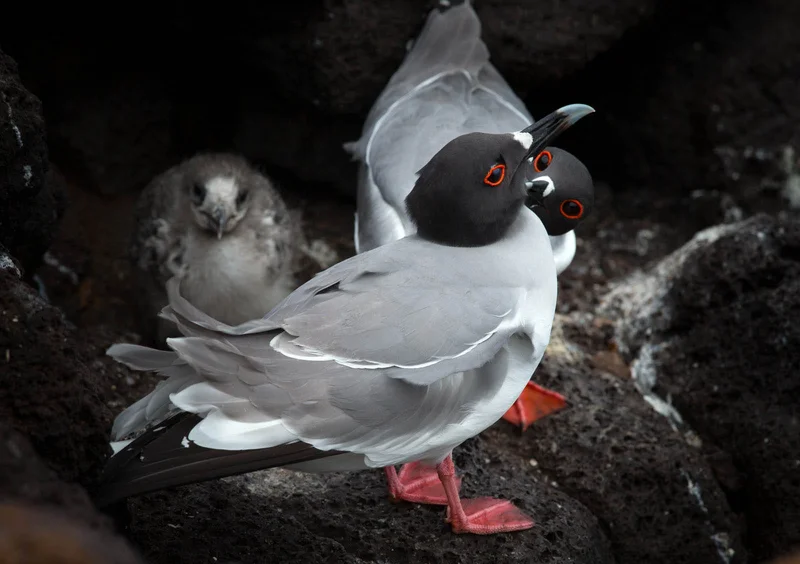Essential Information on the Flightless Cormorant
Another distinctive inhabitant of the Galápagos, the Flightless Cormorant is the only cormorant species in the archipelago. It is the largest of all cormorants worldwide and has uniquely evolved to lose the ability to fly, a result of the Galápagos' isolation and abundant habitat.
This bird is found along the shores and beaches of Isabela and Fernandina Islands and is easily recognized by its short, underdeveloped wings. Over time, the lack of natural predators and the plentiful fish supply favored the best swimmers over the best fliers, leading to a population of about 800 pairs in the Galápagos.
The Flightless Cormorant breeds year-round, though most eggs are laid between May and October. The courtship display is particularly unusual, with pairs performing a dance where they entwine their necks and turn together in a tight circle.
They nest on sheltered rocky shores, building their nests from seaweed just above the high tide line. This location minimizes their distance to the sea for feeding. On a Galápagos cruise, you'll have plenty of chances to see these rare birds and observe their clumsy movements on land, which explain why they prefer nesting close to the water!
Our naturalist guides will explain that the Galápagos Flightless Cormorants are highly vulnerable to weather events like El Niño, which can severely impact their numbers in adverse years. Listed as “vulnerable,” the National Park is actively supporting their populations by removing invasive species from nesting areas.
